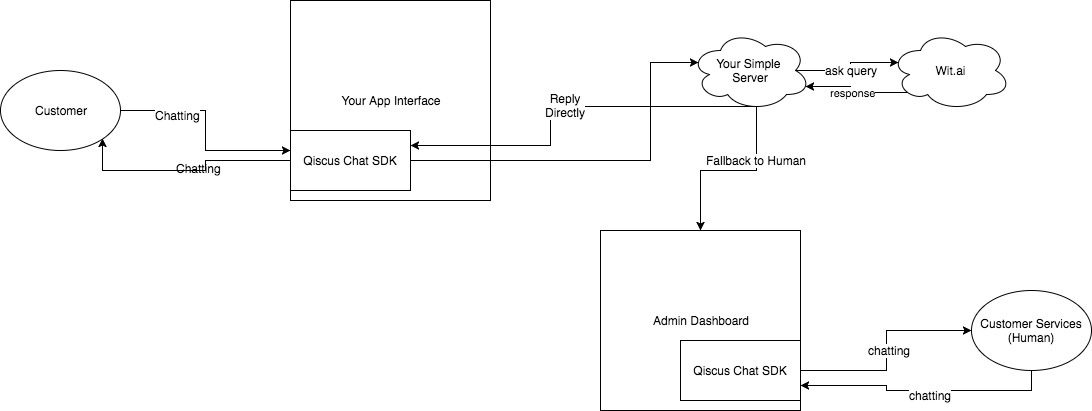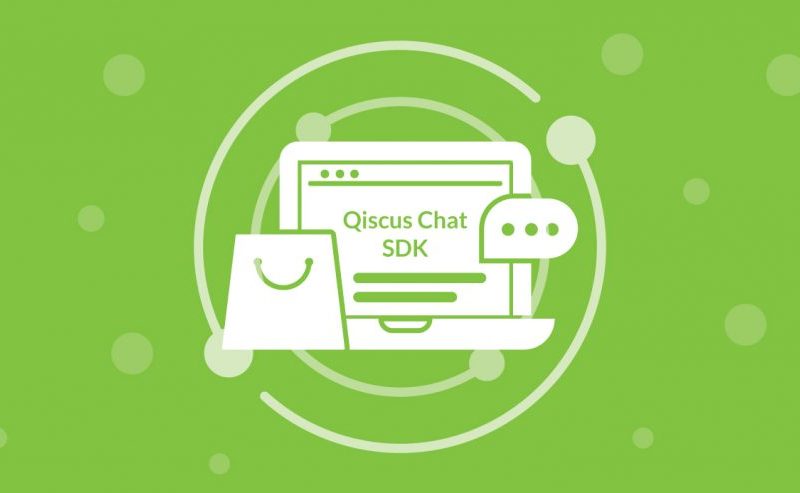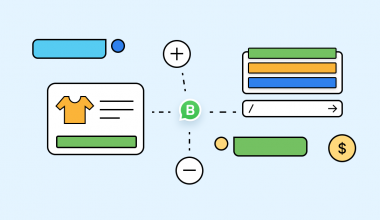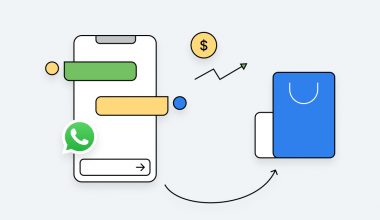Conversational commerce is an important tool for retailers, especially for those who have a huge online presence as it is able to offer big opportunities to meet rising demands for better customer experiences and more personalization. Since customers are now savvier and influenced by infinite amounts of data, they are expected to be more selective about the brands and products they want to purchase. By tapping into conversational commerce, Asian businesses can now interact and engage directly with their customers to deliver the levels of “concierge-like” services and attention they have been expecting.
If this trend is so good, why is it only rising now?
The answer is mostly because of the technology and its adoption have just emerged recently in various giant messaging apps in the market such as Messenger (FB), Telegram, WhatsApp, Line, WeChat, Kiwari (still in beta version by Telkom Indonesia), to name a few. Since then, customers have already become familiar and comfortable with these chatting interfaces. They are replacing SMS because messaging apps are much cheaper and are able to conduct more functionalities.
Ok, so how do I create my own conversational commerce?
Creating your own conversational commerce is no longer as complicated as before. Considering we now have lots of tools that are already available in the market. So basically, to create our own conversational commerce that runs on our own Web or Mobile app. We need at least 4 fundamental components :
- Chat Interface in our web or mobile app that can support transaction functionalities (rich type messages, such as card, buttons, postback, account linking, etc.)
- Natural Language Understanding (NLU) engine to handle the intent parsing of each query from users
- Way of communicating between Chat Interface to NLU engine
- Admin chat dashboard (optional)
From the 4 fundamental components above, we can use several tools that are available in the market. For point 1 and 3 we can use Qiscus Chat SDK. As for point 2, we may want to use an available service such as wit.ai (backed by Facebook) or api.ai. In addition, for point 4, you may need some integration work between Qiscus Chat SDK and your own system.
How does it work?

Well, you can have a look at the image above for a bird’s-eye-view of the overall process.
Now, let’s assume you have created a new chat app using Qiscus Chat SDK that has been embedded into your web commerce or commerce app. What you need next is a simple webhook server where a conversational commerce agent – let’s call this agent, a Bot – will reside.
This webhook may or may not be separated from your chat app main server. It will receive all messages from customers and the Bot. Will then decide on what sort of messages need to be delivered back to the customers based on their messages.
Also read: “Chat Feature Dilemma: Why Building is Not Always a Better Idea“
Let’s break down this process a bit: Every time your customer reaches your chat app by sending a message. The message will then be passed on using your NLU engine. The main role of this engine is to get the user’s intent and to also extract some useful entities that might be hidden in the message. This first step is quite crucial as it will decide what to do next with the message.
Therefore, at this stage, you may want to decide whether you need to build your own NLU engine or use an existing service such as wit.ai or api.ai. If you choose to use an existing service, we would suggest you to use wit.ai as your NLU engine. As it is quite easy to set up, to train your staff to use it, as well as to implement it. Not to mention, it is also free!
You may want to check on how to setup this NLU using wit.ai on wit.ai docs.
Let’s take “Cari sepatu bola ukuran 41” as our example message. Whenever this message is passed on to the intent and/or entities in NLU. We will also be provided with some additional information. Such as how confident the message is to be classified into an intent. Let’s say the NLU classifies the message as “searching for shoes” intent with 0.986 as its confidence level. Therefore, in handling this message, you may want to add a threshold for Bot to respond to the message.
This threshold is usually a real number from 0 to 1, and commonly would be a figure around 0.85-ish. If the intent confidence level meets or even surpasses this threshold. Your bot would have to handle it by delivering back a rich message with some images and buttons of your provided commerce services on it. Take a look at Qiscus Chat SDK docs for the type of messages. As in our example above, a card type message will be sent back to the customer.
This process will always be running whenever a message is incoming. So you have to train your NLU to be able to understand and classify any incoming messages into some intents and entities. Based on your business needs. You will also have to provide some kind of handling mechanisms of how your Bot would respond to the messages. For example by calling your commerce API.
In some circumstances, you might experience a condition where the confidence level of intent or entities are less than your threshold. Or, there might be no specific service provided by your API. This might be a good chance to involve your “Human” resource to handle this sort of situation. In other words, you may want to redirect the conversation to be handled by Human (customer service).
Qiscus Chat SDK
At Qiscus, we provide such integration by providing a message dashboard. Please contact us if you are interested in doing so.To sum up, conversational commerces are no longer out of your reach. It is ready and easy to integrate into your business process. Qiscus Chat SDK as one of the available tools does already support these requirements. So, feel free to try and get in touch with us if you need any help in fiddling with it.
Cheers!



